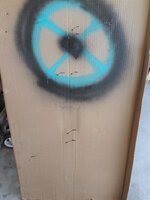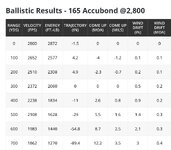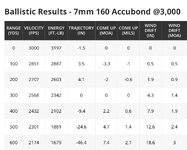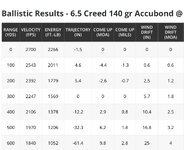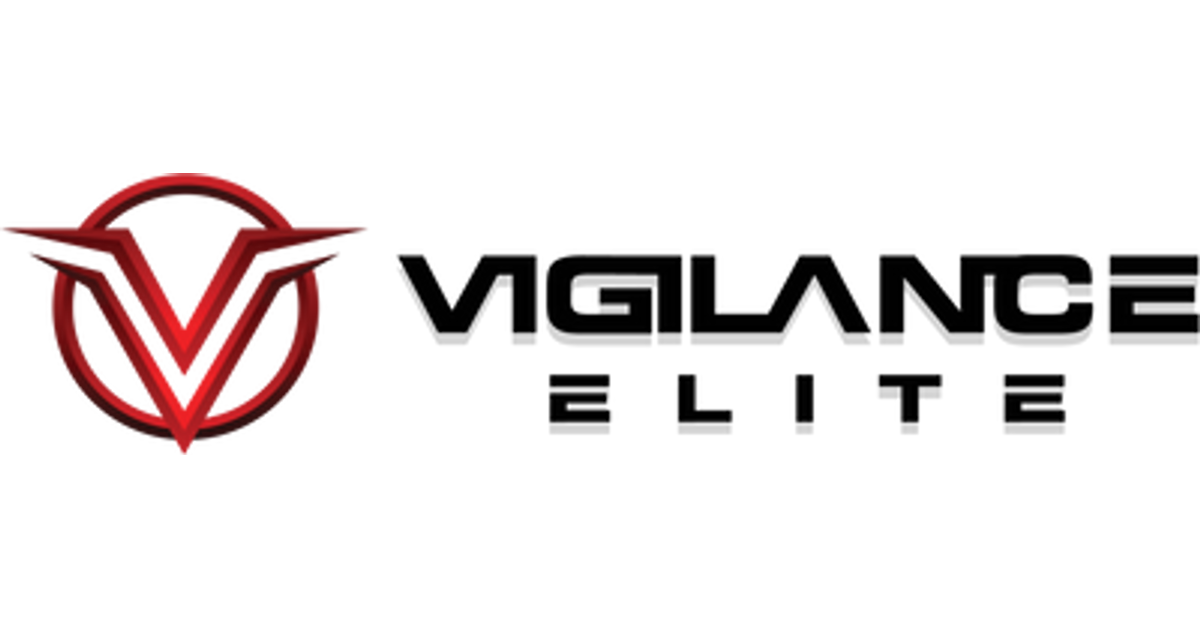Sorry in advance if this is a silly question... I'm debating what "kind" of zero I should be doing. I no longer reload (life happened and had to sell everything; plan on doing it again but not feasible for quite awhile) and am shooting factory ammo for now. Without a chronograph, would one just plug in the velocity from the factory box into a ballistic calculator and try to confirm at distance? Essentially try and play on the idea of maximum point black range?
I am shooting Federal Premium 7mmRM loaded with Berger 168gr Hybrid Hunter, from a Tikka T3x Superlite (24.3"BBL). I've played with the numbers, did the old "a little high at 100yds," then shot out to 400yds. This resulted in the following (pic attached).
100yds, +2.5"
200yds, +1.25"
300yds, -5.0"
400yds, -20.0"
Anyone else take the "zero a little high and see what happens at distance" method? Should I stop being dumb and just zero at 100yds and learn to dial? Using a NXS 2.5-10x42 in MOA (I know, I know, mils are better. Can't afford a new one right now). Dialing just feels a little silly inside 400yds, which is my self imposed limit unless I get a LOT of practice at farther ranges. Last 2 elk I took were inside of 150yds.
TL;DR how do non-reloading poors zero?
TIA
I am shooting Federal Premium 7mmRM loaded with Berger 168gr Hybrid Hunter, from a Tikka T3x Superlite (24.3"BBL). I've played with the numbers, did the old "a little high at 100yds," then shot out to 400yds. This resulted in the following (pic attached).
100yds, +2.5"
200yds, +1.25"
300yds, -5.0"
400yds, -20.0"
Anyone else take the "zero a little high and see what happens at distance" method? Should I stop being dumb and just zero at 100yds and learn to dial? Using a NXS 2.5-10x42 in MOA (I know, I know, mils are better. Can't afford a new one right now). Dialing just feels a little silly inside 400yds, which is my self imposed limit unless I get a LOT of practice at farther ranges. Last 2 elk I took were inside of 150yds.
TL;DR how do non-reloading poors zero?
TIA

